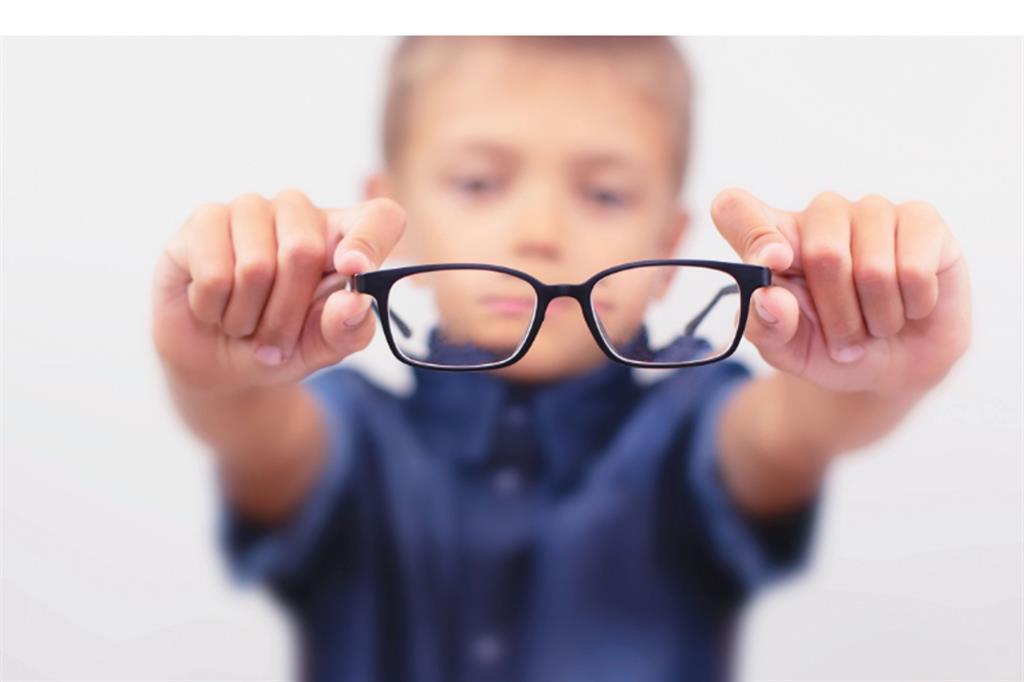
Washington, May 14 – Exposure to natural light helps delay the onset of myopia, as the eyes respond to lighting intensity by activating protective mechanisms, explains a study published today in Acta Ophtalmologica.
Led by the Complutense University of Madrid (UCM, for its acronym in Spanish), the research shows that outdoor activities significantly reduce or delay the onset of myopia in children and adolescents.
The article specifies that the analysis observes differences in the spherical equivalent of 0.16 diopters per year, with effects sustained for up to three years.
Based on existing evidence, we recommend at least two hours a day of outdoor exposure, preferably with light intensities greater than 10 thousand lux, to maximize the protective effects against myopia, highlighted Miguel Ángel Sánchez Tena, researcher at the Department of Optometry and Vision at the UCM and one of the authors.
Integrating these outings into school and extracurricular routines could play a crucial role in reducing the incidence of myopia onset, he adds.
The study included 16,597 participants between six and 18 years old, and observed an average difference in axial length of -0.08 mm per year and a difference in the spherical equivalent of 0.16 diopters per year, with effects sustained for up to three years.
Regarding regional differences, the researchers highlight significant variations in the effectiveness of outdoor activities based on environmental and socioeconomic factors.
In regions with higher natural light intensity, the protective effects against myopia are more pronounced due to exposure to light levels. On the other hand, in densely populated urban areas, where green spaces and natural light are more limited, the effectiveness of these activities may be reduced. (Text and Photo: PL)